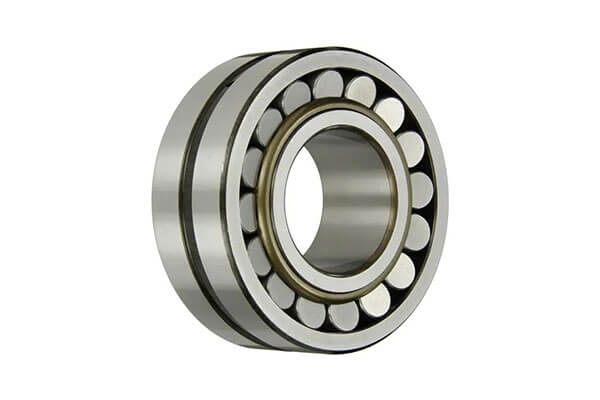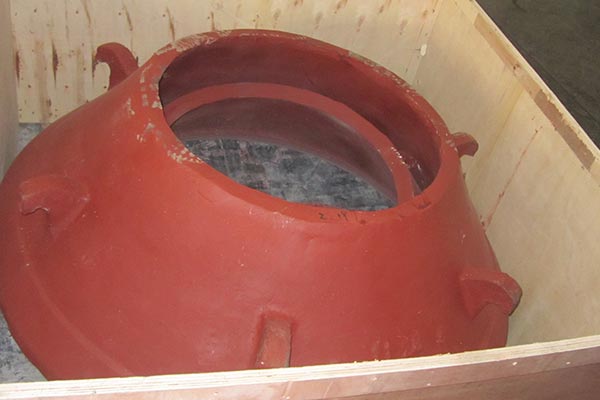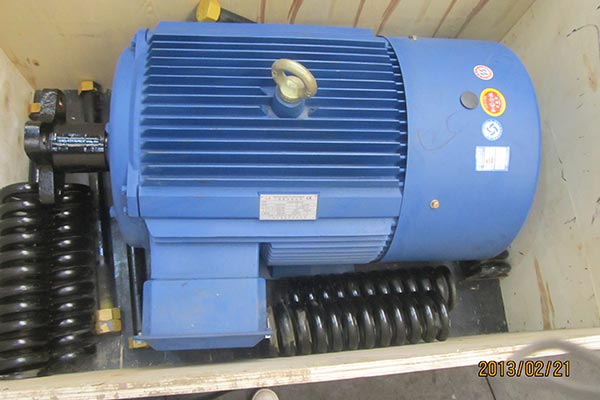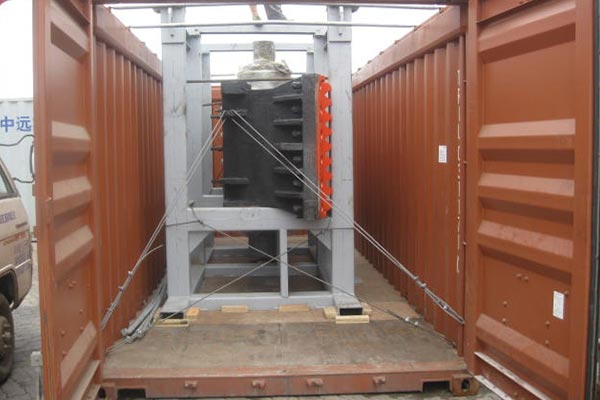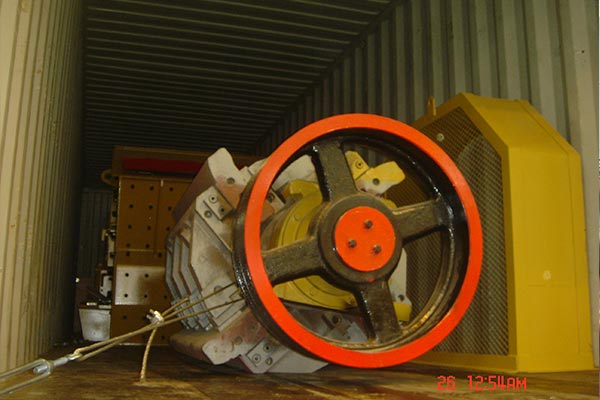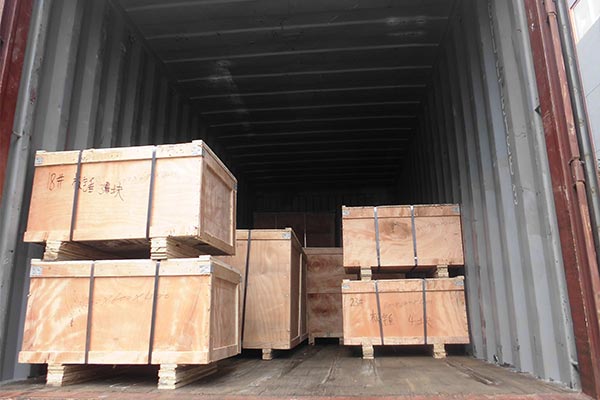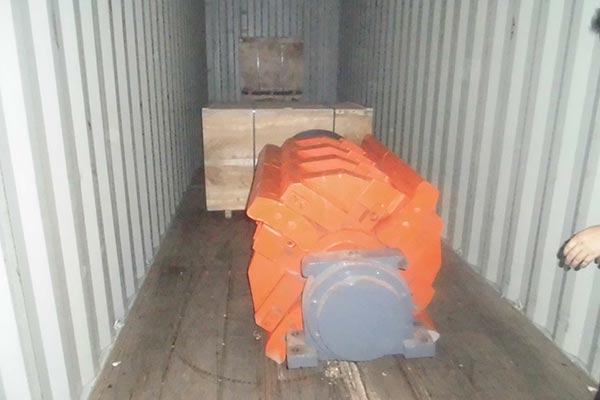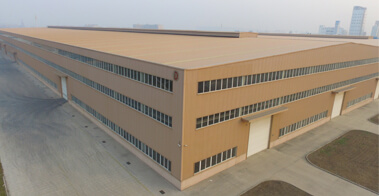Bearings are widely used mechanical components in modern industry. Their role is to support and reduce friction, making machinery operate more smoothly. The material and manufacturing process of bearings have a significant impact on their quality, durability, and operational efficiency.
Bearings can be classified into three categories based on their chemical composition: metallic materials, non-metallic materials, and hybrid materials.
Metallic materials primarily include steel, copper, and aluminum. These materials exhibit excellent mechanical properties, wear resistance, and corrosion resistance. Steel is the most commonly used metallic material for bearing production. It offers high strength and wear resistance, making it suitable for high-load and high-speed bearings. However, steel bearings may generate significant vibration and noise and are less suitable for high-speed rotations and impact loads.
Non-metallic materials include plastics, ceramics, fibers, glass, and others. These materials have characteristics such as low density, corrosion resistance, insulation, low thermal conductivity, and low friction coefficients. Non-metallic materials are suitable for low-load and low-speed bearings.
Hybrid materials are composed of combinations of both metallic and non-metallic materials. They aim to harness the strengths of metals (strength) and non-metals (low friction) to create bearings with desired properties.
Common types of bearings materials include:
Steel Bearings: Steel bearings are the most widely used and offer high strength, good wear resistance, long service life, reliability, and moderate cost. However, they may produce significant vibration and noise and are less suitable for high-speed rotations and impact loads.
Stainless Steel Bearings: Stainless steel bearings are an improved version of steel bearings, featuring good corrosion resistance and high-temperature performance. They are primarily used in special working environments, such as food machinery and medical equipment.
Ceramic Bearings: Ceramic bearings have low density, high hardness, and excellent wear resistance. They are suitable for high-speed rotations and high-temperature environments. However, they are relatively expensive and prone to breakage, making them unsuitable for bearing heavy impact loads.
PTFE (Polytetrafluoroethylene) Bearings: PTFE bearings offer low friction coefficients, minimal wear, and self-lubrication. However, their load-carrying capacity is limited, and they are suitable for low-speed and low-load applications.
Bearings are essential components in machinery, and the choice of material directly affects their performance and service life. In summary, different bearing materials have their own advantages and disadvantages, and the selection should be based on the specific working conditions and requirements. Bearings can be categorized as small, medium, large, and extra-large types. The inner and outer rings, as well as the rollers, are generally made from high-carbon steel GCr15, equivalent to the German standard 100Cr6. GCr15SiMn, equivalent to the German standard 100CrMn6, is also known as bearing steel. Bearing steel is a crucial material for manufacturing bearings, known for its long service life, high precision, high rigidity, and high wear resistance.
Common types of bearing steel materials include:
Chromium Bearing Steel:
-
Used for manufacturing bearings with special requirements.
-
Small bearings typically use GCr9.
-
Medium-sized bearings can use GCr15 or GCr15SiMn.
-
Large bearings usually use GCr15SiMn.
-
For extra-large bearings, consider using carburized bearing steel.
Carburized Bearing Steel:
-
Used for bearings facing significant impact conditions, such as metallurgical rolling machinery or mineral processing equipment.
-
Small to medium-sized bearings can use 20Cr carburized steel.
-
Large and extra-large bearings typically use 20Cr2Ni4A, 20Cr2Mn2MoA, and similar materials.
Stainless Bearing Steel:
-
Suitable for bearings used in corrosive working environments, such as those with sulfuric acid, hydrochloric acid, or fertilizers.
-
The material is typically high-carbon, high-chromium stainless steel, like 9Cr18 steel.
High-Temperature Bearing Steel:
-
Typically used in high-temperature working environments for bearings.
-
Includes high-speed steels like 18-4-1 and 6-5-4-2, as well as materials like Cr4Mo4V and Cr15Mo4.
Each of these materials has specific characteristics that make them suitable for different working conditions and environments. Choosing the right bearing steel material is crucial to ensure the performance and longevity of the bearings.


